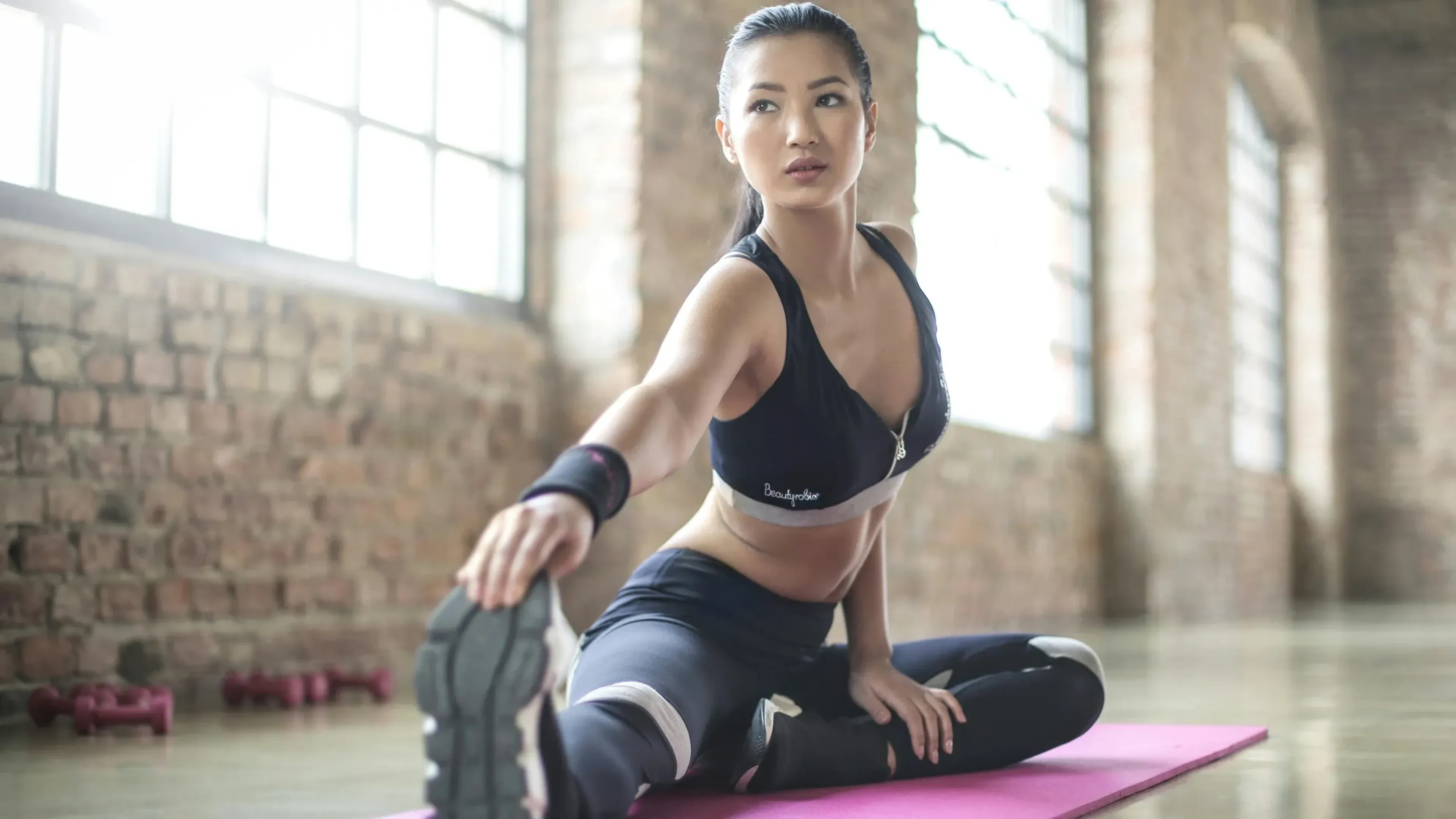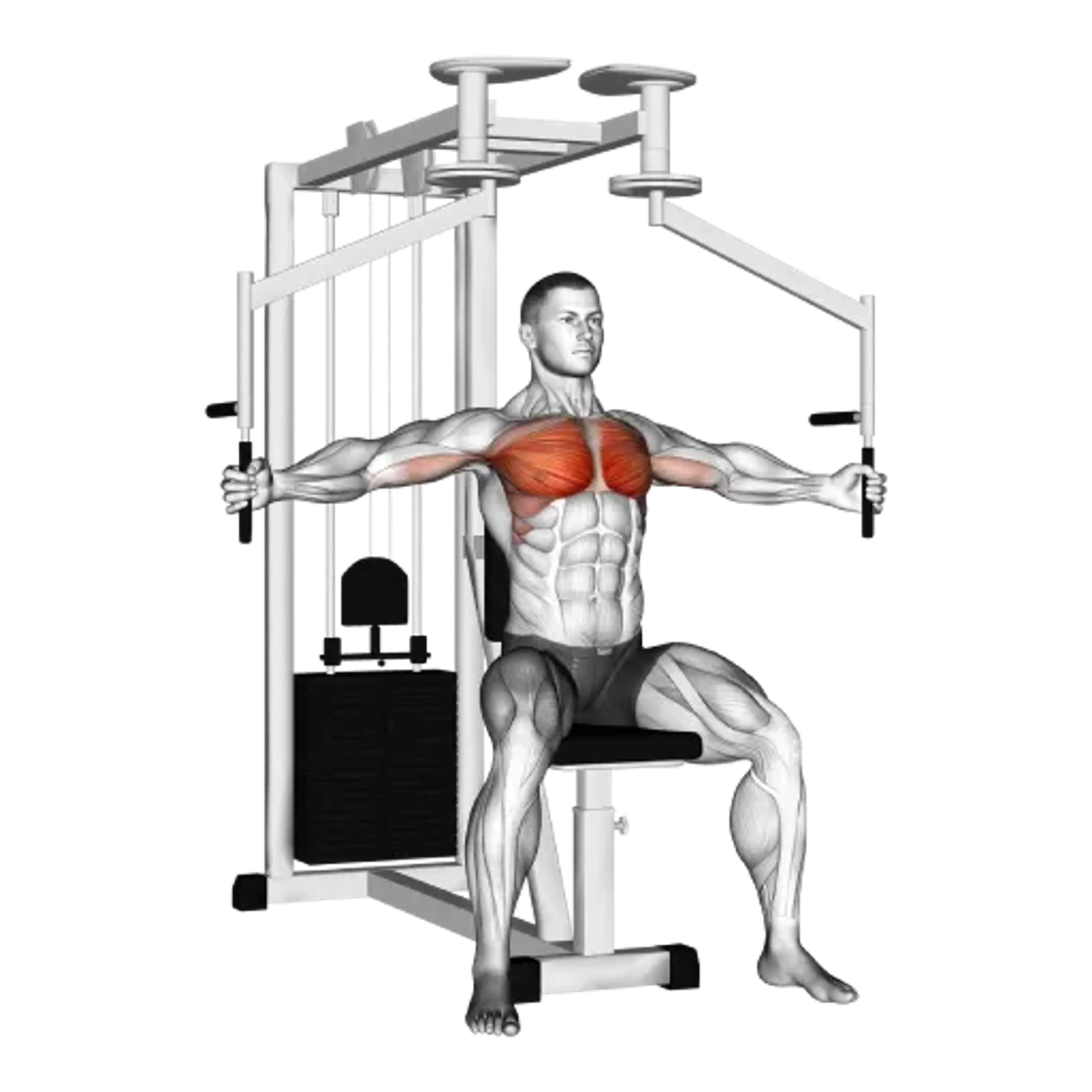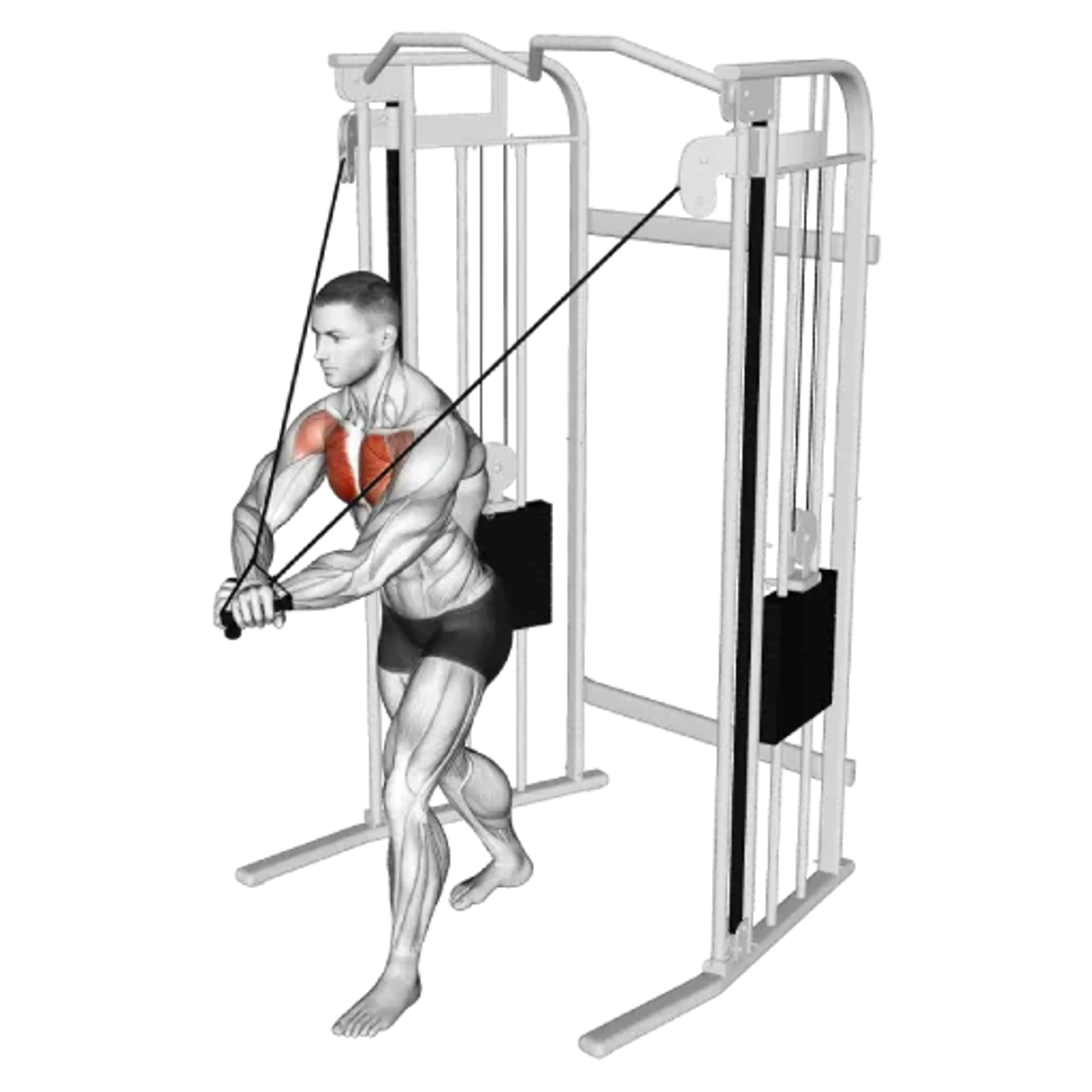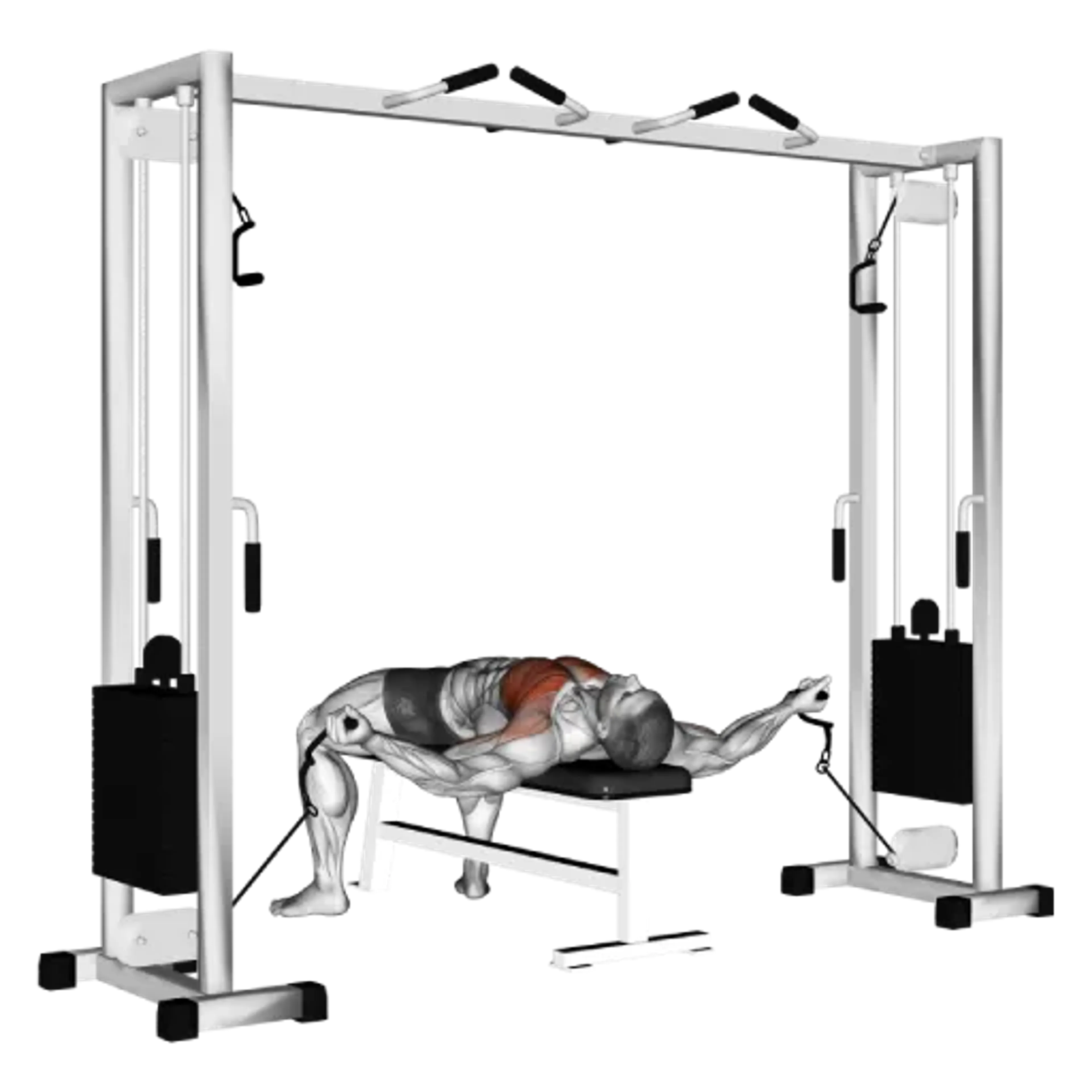Cable Incline Fly

Overview
- Primary Focus:
- Chest.
- Equipment:
- Cable and bench.
- Difficulty:
- Beginner.
General Information
Cable Incline Fly is an isolation exercise that primarily targets the chest and also engages the front shoulders. It is a beginner-level movement that emphasizes the upper fibers of the pecs using an incline bench and a low-to-high cable path for constant tension.
The incline fly is useful for hypertrophy, activation before presses, or when you want to bias the clavicular head without heavy loads. Cables smooth out strength curves and make it easier to find and keep the squeeze at the top of the motion.
An incline of 15-30° is common. Lower angles allow more range and shoulder comfort; slightly higher angles increase upper-pec bias but may encourage shrugging if load is too heavy or setup is too high.
Expect a stretch across the upper chest at the bottom and a crisp contraction as hands come together above chest level. Keep elbows slightly bent and move through a controlled hugging arc instead of pressing the weight forward.
Muscles Worked
- Pectoralis Major
- Primary
- Deltoid
- High
- Rectus Abdominis
- Low
- Serratus Anterior
- Low
Instructions
- Set an incline bench (15-30°) centered between the cable stacks.
- Position pulleys low so the cables travel from low to high toward your upper chest; attach D-handles and choose a light to moderate load.
- Lie back with shoulder blades down and back, ribs stacked, and feet planted for stability on the floor or foot pegs.
- Start with arms slightly below shoulder height, elbows softly bent (15-30°) and fixed; wrists neutral and relaxed on the handles or cuffs.
- Sweep the hands up and in on a shallow arc until they meet over the upper chest without clashing; think about bringing biceps toward each other in a hug motion.
- Pause briefly at the top, keeping shoulders down and neck relaxed; avoid shrugging or rounding forward.
- Lower the hands along the same path until you feel a stretch across the upper chest, stopping before shoulder discomfort or losing scapular position.
- Repeat for the target reps with smooth control and consistent elbow angle throughout the set.
Common Mistakes
Injuries
Cable Incline Fly is a low risk exercise when performed with proper technique.
Upper-chest fly variations can irritate the front of the shoulder if you shrug or reach too high. Keep loads conservative, control the bottom range, and maintain shoulder blades down and back to protect the joint.
If you feel pinching, lower the pulley height, reduce the bench angle, or shorten the top position to stay in your comfortable arc. Use a slight, fixed elbow bend to limit stress on the biceps tendon and shoulder capsule.
Progress gradually with slow eccentrics or longer pauses. Stop immediately if pain is sharp, radiating, or alters your normal shoulder mechanics.
Alternative Exercises

Frequently Asked Questions
- Q: What incline is best for upper chest?
Most lifters prefer 15-30°. Choose the lowest angle that lets you keep shoulders down and feel the upper chest without neck tension.
- Q: Is standing incline cable fly similar?
It can bias a similar line of pull, but the bench provides stability and reduces momentum. Use the version that lets you control the range and keep tension in the chest.
- Q: How should I program reps and sets?
Use 2-4 sets of 10-15 reps with 1-2 reps in reserve. Focus on a gentle stretch and a one-second squeeze at the top rather than heavy loading.
- Q: Should I choose dumbbells or cables?
Cables keep tension more constant and are easier to control near the top. Dumbbell Flys are accessible and work well if you can maintain form; pick the tool that suits your setup and tolerance.
Overview
- Primary Focus:
- Chest.
- Equipment:
- Cable and bench.
- Difficulty:
- Beginner.




